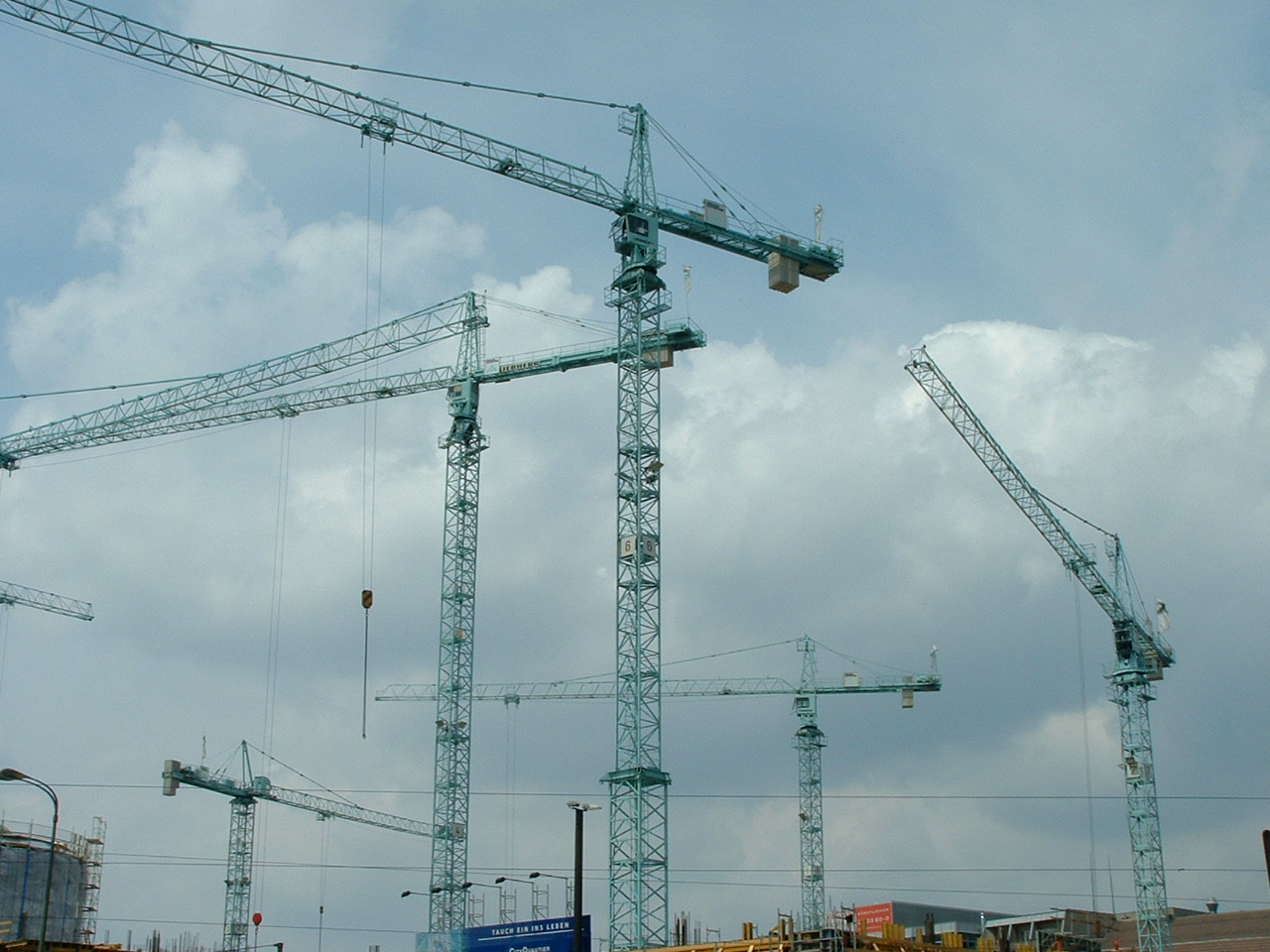Every responsible business should have a detailed checklist and equipment review plan to make sure its equipment is operating efficiently and shows no signs of wear that could endanger workers. But whether you are on site during a project or in company-owned environment, workplaces are often busy, crowded, and short of time.
To make things a little easier on yourself, here’s a collection of some of the most common signs that your crane or hoist system needs repair work or additional maintenance. Don’t forget to review all the items on your checklist; but keep a regular watch for these issues, too.

Corrosion
Corrosion is one of the problems that can creep on you until it demands serious attention. Many times it goes ignored because rust starts small and does not appear to affect how well equipment performs.
But (and this is particularly true in wetter regions and any place near the ocean) even small signs of rust that you can see may a sign of many more corrosion problems you can’t see. The result? Electrical shorts, compromised lifting systems, loss of mechanical strength, and cranes or hoist systems that are in danger of dropping their loads due to compromised integrity.
So do not allow yourself or your team to grow blind to rust; treat it as a sign that more inspection is necessary or a component needs to be replaced.
Crushed chain links
This is another common problem when working with chain-based hoist systems or similar components. If you carry a lot of heavy loads during project hours, it’s easy for chains to become crushed or broken without anyone realizing it.
This is an excellent reason to make frequent chain inspection and maintenance a regular practice in these situations. Do not allow your employees to get lazy on this point; remind them that a crushed chain is very different from a completely broken chain link and may be more difficult to spot, especially from a distance.
Bent or cracked hooks
Hooks are bent normally, right? That’s what they’re there for, right? Right, but bent hooks are another frequent repair issue.
A hook is designed to hold load weight in a particular and precise direction; otherwise, it’s a comparatively delicate component. Misapplied weight can bend the hook, which compromises its internal integrity and may increase the chances of it breaking off in the future.
Hooks should be inspected regularly to ensure they have not been subtly damaged. While looking for the bends, workers should keep an eye out for telltale cracks, too.
Pad wear
Stabilizer, outrigger, and slider pads are all fairly common when facilities include cranes or hoists. Those pads are all intended to do one thing: take the brunt of the force and make machine movements smoother.
So it should be no surprise that pads wear out a lot quicker than most components. Examine pads for shining and wear that suggest you need to replace them, and listen for key changes in machine noise that indicate a pad is starting to give out or at least needs to be looked at.
No one knows load capacity
This is not really a physical signal of needed repairs, but it is an important clue that you probably have some repair work in your future. Every component you use is rated for a specific load capacity, and testing is required.
If the people buying and using those components do not know what that load capacity is, they are likely using too-heavy loads that put a dangerous strain on keys. The result? Early and discouraging repairs.
Dry ropes and slings
Heat, cold, and constant work play havoc with the more flexible parts of your machinery, particularly the ropes and slings. Ideally, you should have a regular maintenance schedule that involves frequent oiling of these parts in order to preserve them.
Unfortunately, not everyone does this. The result will be dry, brittle fiber that stretches and cracks well ahead of its time. If your rope or sling fibers are looking ancient and ragged as a mummy, then it’s probably time to buy new versions or resuscitate your old ropes pronto.
Long-term abrasion
Abrasion can also sneak up on work crews, since it happens slowly, although the results will be dramatic when a component breaks. Check your wire, joints, and all moving parts for the tell-tale, shiny surfaces that signify abrasion — and keep on eye on those places.
We have a number of parts, including Demag components, you can turn to for replacements when necessary.










